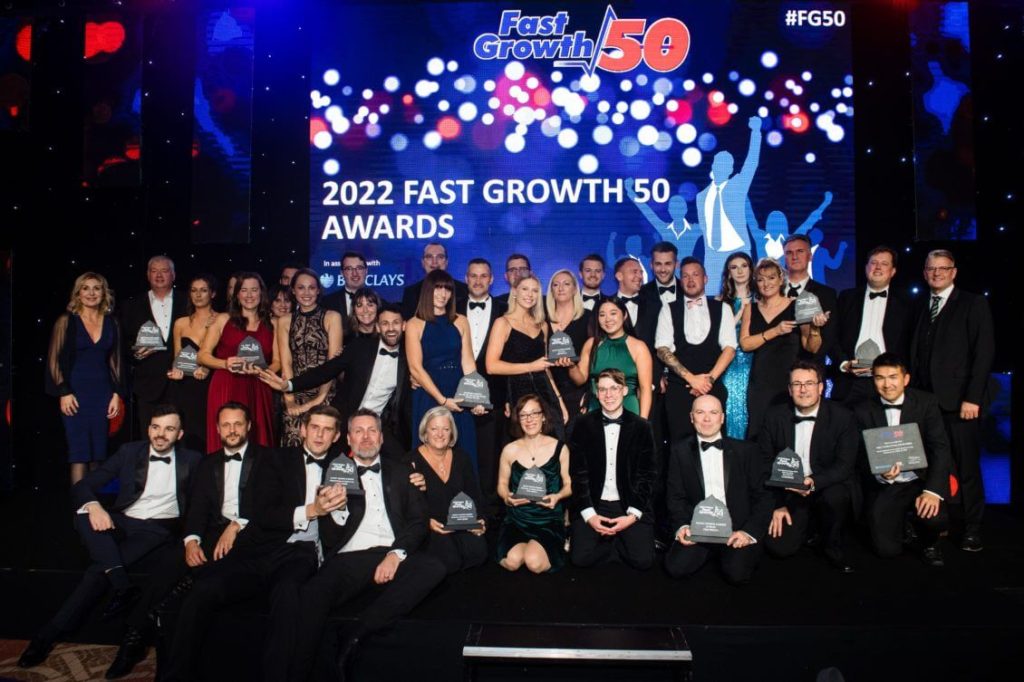After several years of steady operations, growth and profits, it’s only natural as an entrepreneur to look to the future with plans to expand your business to another location. But do you know whether your business is really ready to expand, and how can you ensure this growth is a success?
While branching out is a very exciting prospect, as a business owner you owe it to yourself to seriously consider all the relevant criteria for expanding, whether it’s the second or the tenth location. After all, you have worked incredibly hard to establish a successful business, and expanding before you’re truly ready can be detrimental to your entire business. Luckily, there are several ways to benchmark your business to assess if you’re ready.
Assess your finances
The most natural place to start is assessing your financial situation. Opening a second location requires significant business funding, so the first question to ask is, do I have enough savings to cater for this, or will I need to lend from banks or find investors? Consider sitting down with your accountant or financial advisor to go through a comprehensive analysis of the financial investment required for expansion. Ideally, you should use your own savings to fund your expansion, which is what I did with my business, Larsson & Jennings, when we opened our Regent Street store earlier this month. This is the fourth store we have opened in our four years of operation, following those in Covent Garden and New York’s Greenwich Village and Soho districts. Using your existing business to fund your expansion is risky, because it could weaken your other locations and your business overall. It’s always best not to rush into major decisions like these before you are ready, so always heed advice from a professional.
Do your research
Once you have the green light from a financial viewpoint, it’s time to do your market research. Gather as much local insight as possible about an area you might be considering moving into. If you are an online business looking to expand to a bricks and mortar store, monitor your online sales to make sure there is consumer demand in this area before settling on a location. Get on the ground in the area – look at who is walking around in the area and doing their shopping – are they the group of consumers you wish to target? Are your competitors in the area and if so, how far away are they? If so, assess what potential impact this could have on your new business.
Talk to other traders in the area to get an idea of the local clientele and what the footfall is like – is there a steady stream of people passing through, or are there spikes at peak commuting hours? For example, if your business sells big ticket items that require considerable time for a customer to decide to purchase, it wouldn’t necessarily be a wise decision to open a store in an area that’s only busy during peak hour as this environment is more conducive to impulse purchases. Instead, it might pay off to focus on an area that has a steady footfall both on weekdays and the weekend when shoppers have more time to consider. Regent Street was chosen as the location for Larsson & Jennings’ newest store because our target customers shop in this area, which is populated by many likeminded brands, such as high end fashion boutiques and major department stores.
Test the market
While market research is great on paper, it’s always worth testing your hypothesis in practice. Pop-up stores can be a great way to test the market’s appetite for your product, and are also cost-effective. These can be equally valuable for businesses that have previously only been online, as well as bricks and mortar stores expanding to a new area. If your test is a success, you should have reasonable confidence in investing in a more long-term arrangement.
The next step – opening a concept or flagship store
If your business is more established and you have multiple locations, opening a flagship or concept store might be on the horizon. Strategy wise, it can be an exceptional way to grow brand awareness and encourage customer engagement. However, it’s worth keeping in mind that a flagship store is a much larger investment than merely expanding to a second location – so it requires more cautious planning. This store should be a one-stop shop that epitomizes your brand – this includes having the complete range of products, elements that enhance the customer experience and encourage customer interaction, and ideally it should be a visual and experiential embodiment of your brand. If you don’t have adequate funding to realise this vision, then you need to reassess whether you are ready to take this step.
It’s also important to consider the prominence of the location of your concept store. Ask yourself, where are the brands that inspire my business based? The answer is probably the area where you need your concept store to be.
Seek advice from trusted mentors
Lastly, I have found that advice from influential people who have already “been there and done that” helps to cement these kind of decisions. Wen Zhou, chief executive at 3.1 Philip Lim in particular has provided some valuable insight to inform our recent growth plans, both locally and abroad in new markets.
While there is no magic formula for knowing when the right time to expand is, ensuring you can tick off as many of these criteria as possible will stand you in good stead to branch out with confidence.
By Andrew Jennings, CEO, Larsson & Jennings


























